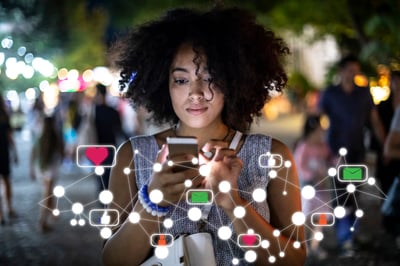March 10, 2020
 by Corinna Keefe / March 10, 2020
by Corinna Keefe / March 10, 2020
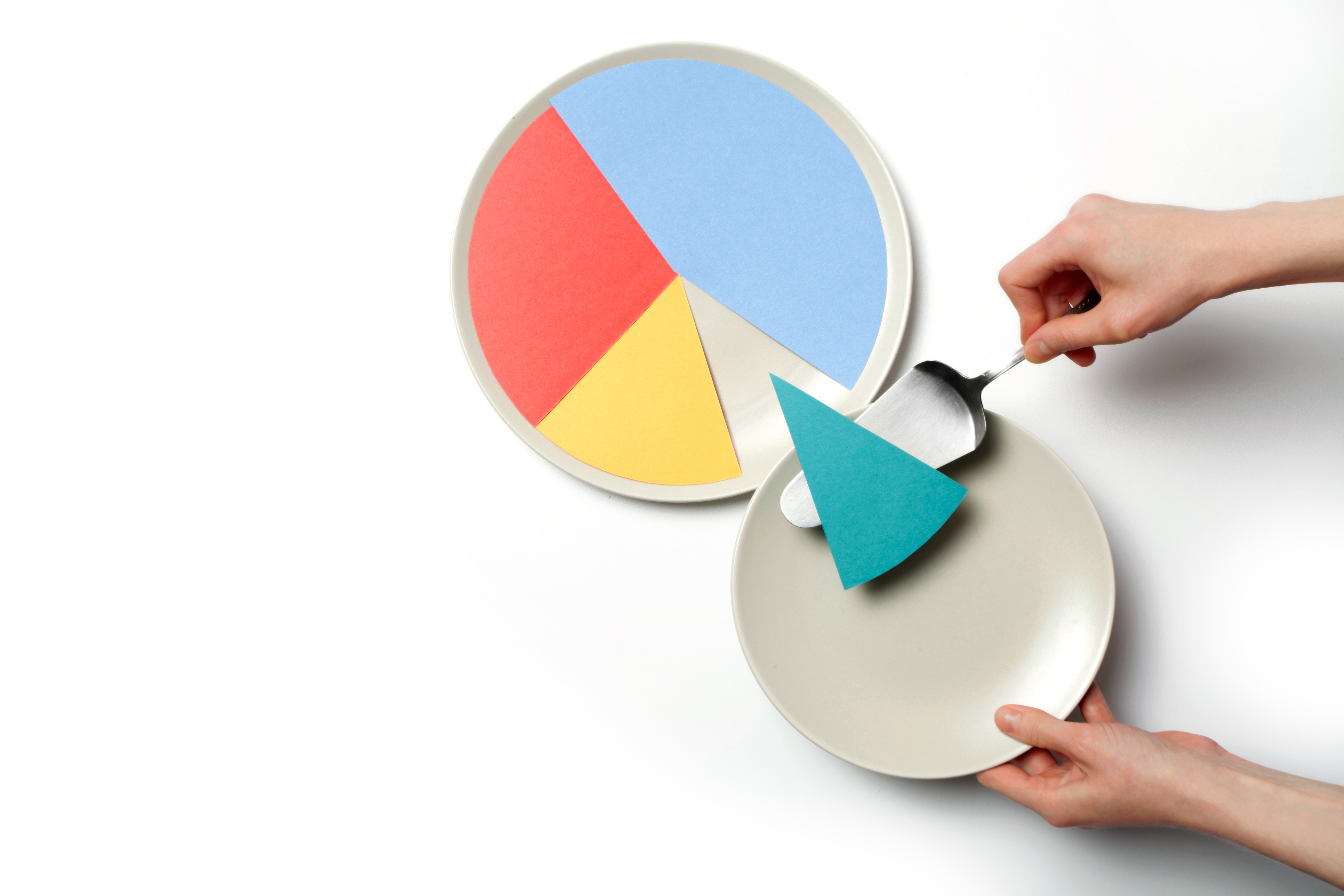
How long is your attention span?
People’s attention spans – especially online – lessen each day. In fact, Microsoft thinks our attention span is about 8 seconds, maybe 12 on a good day. If a website is slow to load, your attention span might drop to 3 seconds. Which poses a big, ugly question for content marketers: how do you get your message across? The answer is quick, digestible content.
In this post, we’ll take a look at what digestible content means; what forms it can take; and how to create it. Get ready to create more, share more, and see more engagement with your online content strategy!
Digestible content is short content which your viewers can consume and process easily.
Think about the difference between a trailer and a full-length feature film. Yes, the film has lots of extra detail and excitement. But the trailer takes two minutes to watch and tells you the essentials of the story. It gets you excited about the movie and encourages you to show up for the full feature.
Digestible content works the same way. Whether it’s a video, infographic, short form article or even a simple tweet, it conveys a key message to your audience in the shortest time possible. And because digestible content is short, it can easily be shared, repurposed, or used as a conversation starter.
Of course, there is still a place for long-form content. There’s something very satisfying about sitting down to stream a whole TV series, or working your way through a long-read article with a good cup of coffee. But before anyone will engage with your long-form content, you need to show them that your ideas have value. You need short, digestible content which people can discover, share, and celebrate. Then they’ll be interested in something more.
Think of this as the “Hansel and Gretel” strategy. First, you share little breadcrumbs of digestible content to draw people in. Then, they follow the trail of breadcrumbs all the way back to your delicious, information-packed gingerbread house.

(Yes, you’re the wicked witch in this analogy, but try not to worry about it.)
As you might have guessed by now, digestible content is especially well-suited to social media. It’s designed for people to discover, share, and finally follow the trail back to your store or website. So when you develop digestible content, you should always be thinking about how people might comment or interact with it online.
To sum up: digestible content fulfils several different roles.
Your digestible content should:
If that seems like a lot to ask, don’t panic! We’ll go over six different types of digestible content, plus some tricks and tools. If you’re creating a variety of digestible content with best practices in mind, then you’ll hit the targets above quite naturally.
Let’s start with something really simple: blog posts. Some people get a bit nervous and overwhelmed at the idea of writing a blog post for their business. But the truth is not every article has to be 2,000 words long and stuffed with keywords.
Longer posts can be great for your search engine rankings, yes. But shorter posts also have value in projecting your brands’ image, keeping your audience up to date, and building a community around your brand.
You can write posts especially for digestible content, or you can share clips from longer posts. This is a strategy which I’ve found extremely successful, especially for B2B brands on LinkedIn.
Take a few key paragraphs from a longer article, ebook or white paper, and publish them as a LinkedIn article. At the end of the article, you can share a link to your longer, original post- so that people who gobble up your “breadcrumbs” of digestible content will follow through to your website.
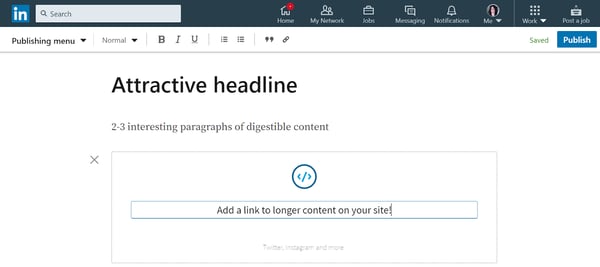
One final note on this point: short blog posts can be a good way to answer FAQs or respond to topical issues. But don’t write digestible blog posts just to hit a keyword or get a link. Even the shortest content should have real value for your audience. To continue our food analogy, digestible content should be nutritious as well as tasty.
Video content is about as digestible as it gets. Videos are attention-grabbing, multi-sensory (sound and vision), and easy to consume.
It’s also getting easier to create video content. You don’t need a dedicated studio with a green screen and a teleprompter to make it happen. All you really need is a good video editing laptop and the right editing software.
There are lots of different ways to create short, shareable video. Stories are one of the most popular formats for both consumers and brands right now: you can record a quick message on your mobile, and share it instantly. This feature is already available for most social media platforms, and it’s about to land on LinkedIn, so even B2B brands should get comfortable with the format.
However, go beyond Stories, too! You could film short product tutorials, interview members of your team, share video reviews from your customers, create a slideshow of comments, or anything else which occurs to you.
GIFs can convey any emotion – even quite subtle messages – in a split second. They also help you to develop a language of shared cultural references and in-jokes with your target audience. Those in-jokes are key to creating a sense of exclusivity and close community around your brand.
Courtesy of GIPHY
Obviously, their micro-format makes GIFs very digestible. You can use them to share a reaction– for example, as a reply to a Twitter thread or Facebook comment.
You can encourage GIFs from your followers as well as sharing your own favorites. This is a really fun conversation starter, and an easy way to show the lighter side of your brand. This tweet from Indie Hackers started a hilarious and revealing conversation, many hundreds of GIFs long:

While GIFs seem like a simple way to communicate, they are about to get more interesting. Just this past week, Google Trends announced a new partnership with Tenor to show search trends for GIFs. Those little trend graphs could become valuable information and conversation starters in themselves. For example: what happened to Baby Yoda on February 13th?
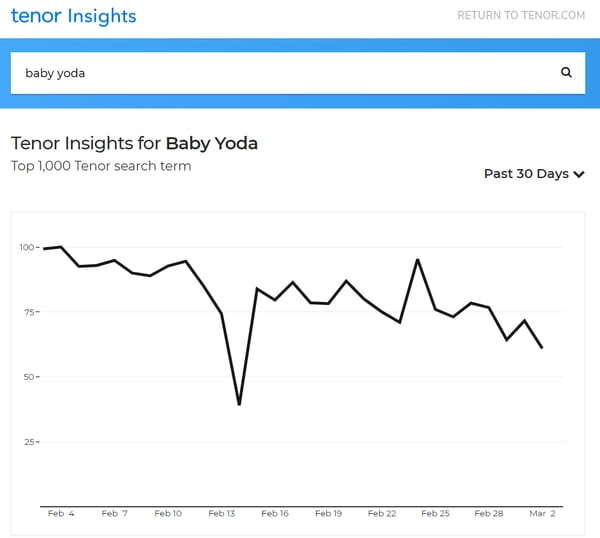
GIFs will likely develop as a form of communication over the next few years. Keep an eye on the situation; there may be new opportunities to share digestible content as the format develops.
If you can distil your marketing message down to a single line, then quotes are another fantastic form of digestible content. Take the quotation, add a custom background, and presto: you have an image to share on social media, feature on your site, or insert into long form marketing materials. There are some free tools out there which help you generate quote graphics automatically, such as Quozio and Recite.
Here’s an example quote made just for you:
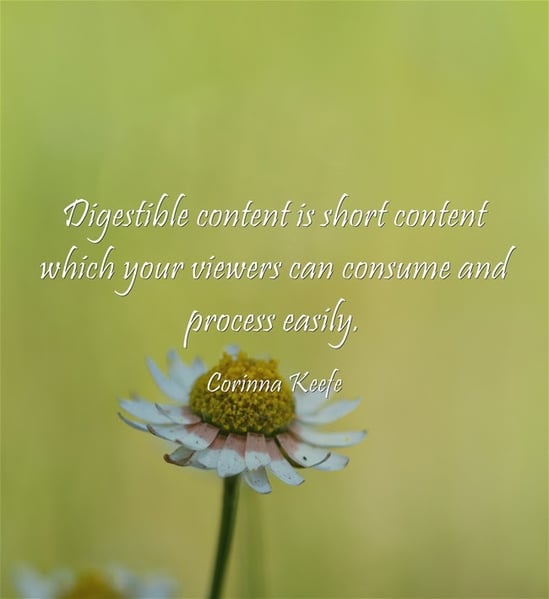
It’s a little soppy, right? However, if you have an in-house designer (or even basic PowerPoint skills), you should consider making your own quotes. While it’s more time-consuming, you can apply your own brand colors, logo, and fonts so that your digestible content packs more of a punch.
You should strongly consider sharing reviews, testimonials, and anything nice that your customers say about you. Some review sites allow you to do this automatically, by adding a widget to your website which flashes up the latest reviews. But once again, you could consider adding your own design to those reviews so that they are in sync with the rest of your branding.
This kind of digestible content is especially valuable because it works as social proof. In other words: while consumers might not believe every ad they see, they tend to believe other consumers. Direct quotes, reviews, and comments are evidence that real customers really like your brand.
Infographics make technical points and statistics easy to read. They can break down quite complex research into a very digestible format. Once again, this is a very flexible way to share digestible content. You can create infographics about original research by your brand; round up useful industry statistics; or share some funny facts to entertain people.
Remember that viral Spotify campaign?
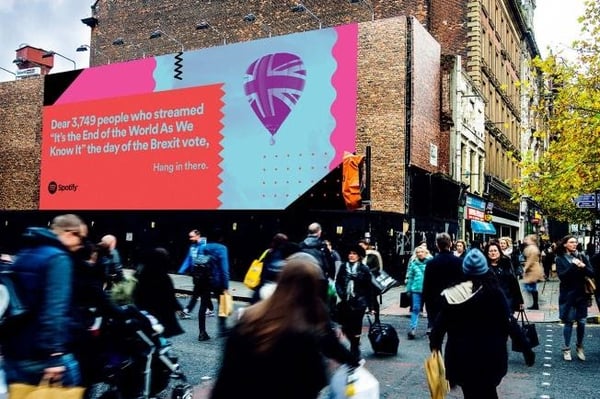
You can create infographics in a variety of ways. If you have a designer, fantastic. If you want to whip something up in Microsoft 365, that’s fine too.
There are also online tools which help you to create slick-looking infographics with minimal design skills, such as easel.ly. Here’s an example that took about 20-30 minutes to create: a quick summary of a successful Twitter strategy.

Infographic credit: Corinna Keefe via Easel.ly
Finally, let’s discuss conversation starters. Throughout this article, we have repeatedly mentioned how blog posts, videos, quotes, infographics and even GIFs can trigger conversations with your target audience. But let’s focus in and talk about exactly how conversation starters work.
There are a few ways to start a conversation - including, but not limited to:
These are all things that you can do with a few short sentences. Conversation starters are especially valuable on social media because you’ll get instant feedback in the form of comments, reactions and shares.
Conversation starters don’t have to be in a simple text format, either. People love using social media polls to trigger conversations. Asking people to vote for different options or answer a quiz question is a great way to get people talking. Some platforms, like Facebook, also allow you to illustrate polls on your Business Page with photos and GIFs.
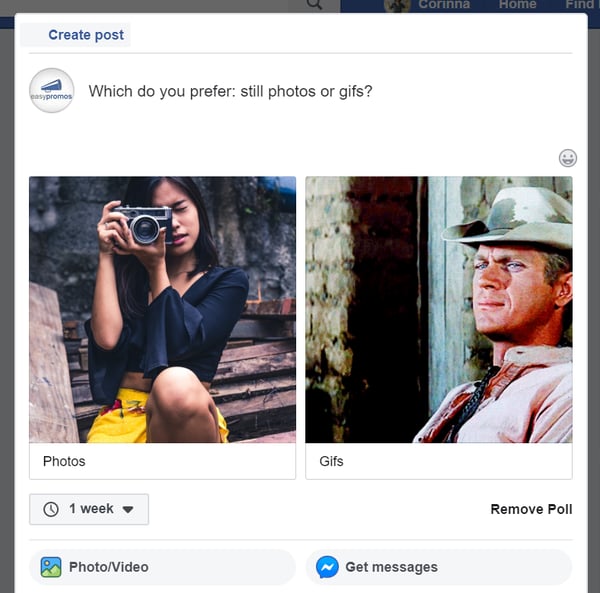
The beauty of online polls is that both the question and the results are digestible content. Always share the results of your conversation starters – your followers will really appreciate that you follow through and value their contributions.
Digestible content gives you options. You can create digestible content in almost any format: words, videos, pictures, infographics, polls. You can make digestible content the focus of your marketing strategy, or use it to draw people towards heavier content. You can create digestible content from long form content, like stamping cookies out of a roll of dough, or you can mix it up from scratch.
Because short form content comes in so many varieties, it helps to keep your content strategy fresh and varied. It’s also less time-consuming to create, provided you have a strong creative idea and the right tools to make it happen. Feel free to recycle content across different formats: turn blog posts into videos, polls into infographics, and customer reviews into quotes.
Digestible content should be fun, effective and informative for both you and your audience. Go out and enjoy creating your content!
While you're at it, find content creation software that can help you through the process of creating digestible content for audiences of all sizes.
Corinna Keefe is a freelance writer specializing in digital marketing, tech, and social media. She works with brands and agencies all over the world, including Easypromos and Invideo.
There’s nothing like a thorough cleaning session to make you feel organized, rejuvenated, and...
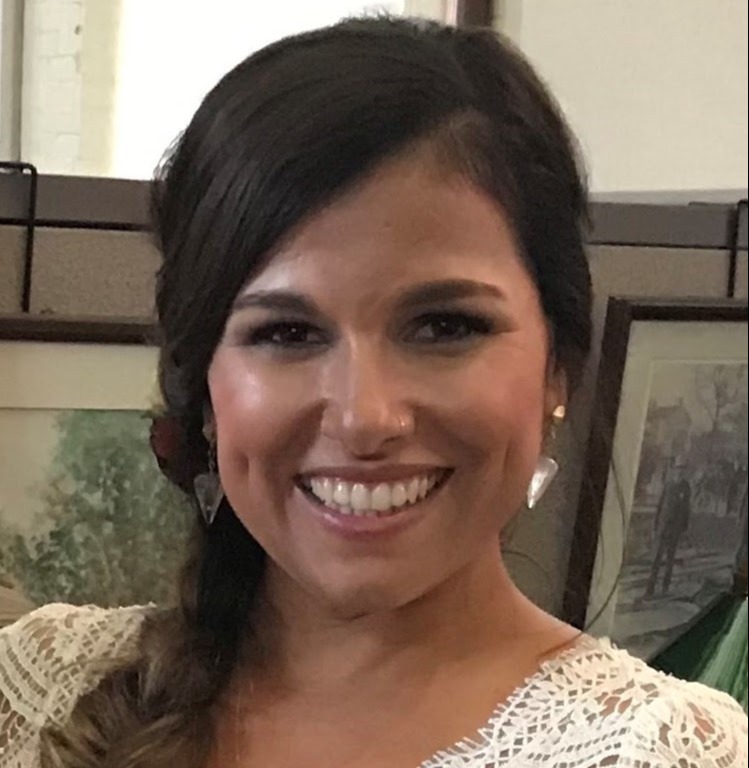 by Natalie Slyman
by Natalie Slyman
Digital media has redefined 'content marketing'!
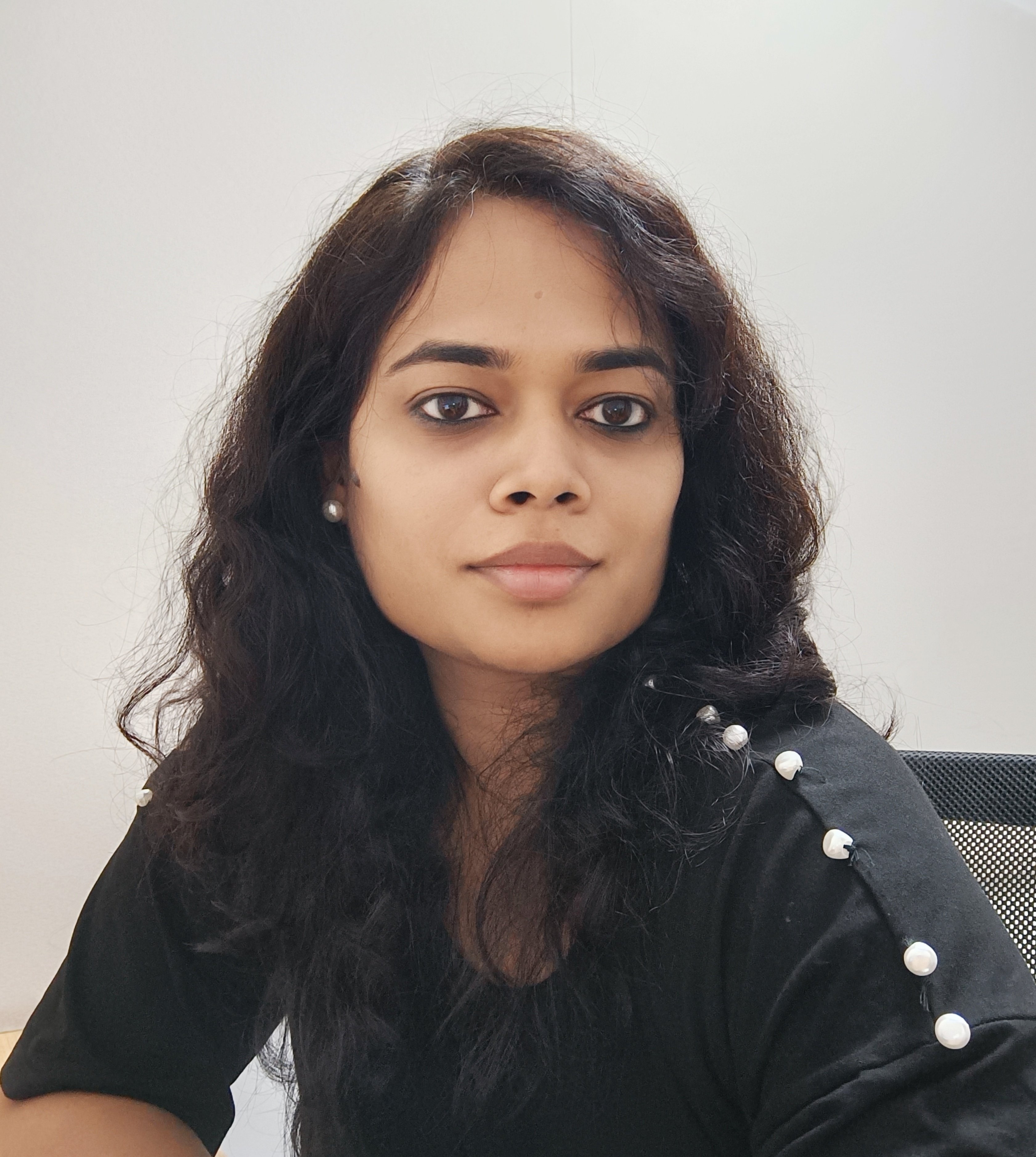 by Vibhooti Kayastha
by Vibhooti Kayastha
An engaging audience is within your reach.
.png) by Paula Grochalova
by Paula Grochalova
There’s nothing like a thorough cleaning session to make you feel organized, rejuvenated, and...
 by Natalie Slyman
by Natalie Slyman
Digital media has redefined 'content marketing'!
 by Vibhooti Kayastha
by Vibhooti Kayastha


